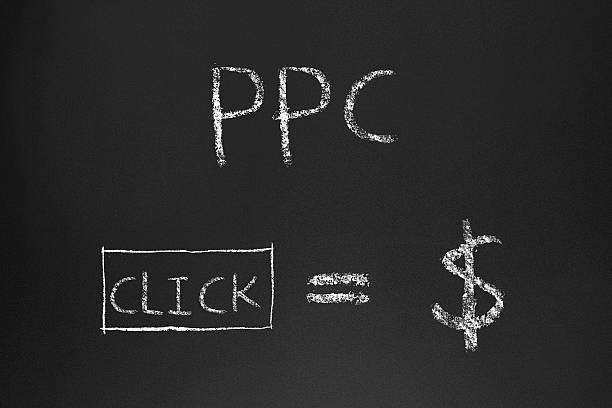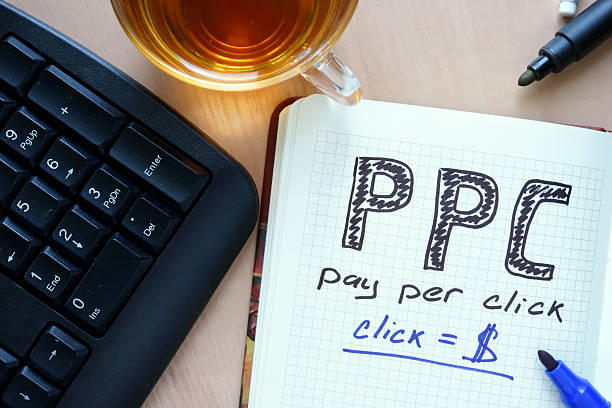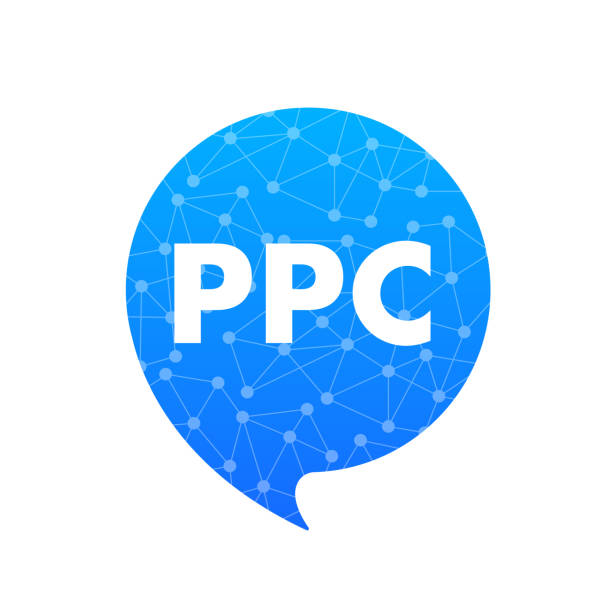Have you noticed how fast digital advertising evolves? Are you keeping up with the latest Pay Per Click (PPC) trends to ensure your business stays competitive? Pay Per Click advertising is one of the most dynamic areas in digital marketing, and staying ahead of the curve is essential for success.
So, in this article, we’ll explore the latest innovations, trends, and strategies in PPC advertising. Whether you’re a seasoned marketer or just starting, there’s something here for everyone. So, what’s changing in the PPC world, and how can you leverage these updates to maximize your ROI? So, let’s dive in.
The Rise of Automation in Pay Per Click Advertising
One of the most significant changes in PPC advertising is the increasing use of automation. Additionally, platforms like Google Ads and Microsoft Advertising are integrating artificial intelligence (AI) and machine learning (ML) to make campaign management more efficient.
Why is Automation a Game-Changer?
Automation takes the guesswork out of managing bids, targeting, and even ad copy optimization. Tools like Smart Bidding allow advertisers to set performance goals, such as cost-per-acquisition (CPA), and let algorithms do the heavy lifting. This means you can focus on strategy while automation handles repetitive tasks.
How to Use Automation Effectively
- Set Clear Goals: Define your KPIs, such as click-through rates (CTR) or return on ad spend (ROAS).
- Monitor Performance: While automation is powerful, regular oversight ensures it aligns with your objectives.
- Leverage Audience Insights: Use automated tools to analyze data and refine targeting for higher conversions.
The Power of First-Party Data – Pay Per Click Advertising
With privacy concerns and regulations like GDPR and CCPA, reliance on third-party cookies is dwindling. Moreover, PPC advertisers are now turning to first-party data to create targeted campaigns.
What Makes First-Party Data So Valuable?
First-party data comes directly from your audience—through interactions on your website, email signups, or customer surveys. So, this data is more accurate and reliable, enabling personalized ad experiences.
How Can You Maximize First-Party Data?
- Build a Robust CRM System: Use tools like HubSpot or Salesforce to organize and analyze customer data.
- Focus on Email Marketing: Collect email addresses through gated content or exclusive offers.
- Create Custom Audiences: Use your first-party data to build lookalike audiences for broader reach.
Video Ads Dominate PPC
Have you noticed more video ads in your search results or social media feeds? Moreover, video has become a cornerstone of PPC advertising, thanks to its ability to capture attention and drive engagement.
Why Are Video Ads So Effective?
People retain visual information better than text, making video a powerful medium for storytelling. So, platforms like YouTube, Instagram, and even TikTok offer advertisers ample opportunities to connect with their target audience.
Tips for Successful Video Ads – Pay Per Click Advertising
- Keep it Short and Engaging: Aim for 15–30 seconds to hold viewers’ attention.
- Highlight Benefits Quickly: Showcase your product’s value within the first few seconds.
- Use Closed Captions: Many users watch videos without sound, so captions can make a big difference.

Emerging Trends in PPC Targeting
Targeting is becoming more refined, thanks to advances in AI and new data integration techniques. Furthermore, from geotargeting to interest-based targeting, advertisers can now reach audiences with unprecedented precision.
What’s New in Targeting?
- Contextual Targeting: Ads are placed based on the content users are consuming, offering relevance without invasive tracking.
- Audience Segmentation: Dynamic customer segmentation allows advertisers to tailor campaigns for specific demographics, interests, or behaviors.
- Voice Search Optimization: With the rise of smart speakers, optimizing for voice queries is becoming essential.
AI-Driven Ad Creatives – Pay Per Click Advertising
Gone are the days when advertisers manually crafted every headline or description. Also, AI tools like ChatGPT are revolutionizing how creatives are developed for PPC campaigns.
How Does AI Improve Ad Creatives?
- Dynamic Ad Generation: AI tools can create multiple variations of headlines and descriptions to test what resonates best with audiences.
- Personalization at Scale: AI allows advertisers to tailor ad copy for different segments without extra effort.
- Improved A/B Testing: By analyzing data in real-time, AI helps identify winning ad combinations faster.
Enhanced Reporting and Analytics
Moreover, data is at the heart of PPC advertising, and recent advancements in analytics tools are making it easier to measure success.
What’s New in Reporting? – Pay Per Click Advertising
- Cross-Channel Attribution: Platforms now provide better insights into how different channels contribute to conversions.
- Predictive Analytics: Tools like Google Analytics 4 use ML to forecast future trends and performance.
- Real-Time Dashboards: Access up-to-date metrics to make faster, data-driven decisions.
Actionable Steps for Better Reporting
- Use Advanced Tools: Platforms like SEMrush or HubSpot offer robust analytics for PPC campaigns.
- Set Up Custom Dashboards: Track the metrics that matter most to your business.
- Regularly Review Data: Consistent analysis helps identify trends and areas for improvement.
Social Media PPC: The Undeniable Shift
So, social media platforms like Facebook, LinkedIn, and Instagram are increasingly vital for PPC advertising. Additionally, with improved targeting options and creative formats, social media ads can deliver impressive results.

Key Updates in Social Media PPC – Pay Per Click Advertising
- Interactive Ad Formats: Features like polls, quizzes, and carousels boost engagement.
- Improved Targeting: AI-driven algorithms refine audience selection for higher relevance.
- E-commerce Integration: Direct shopping features allow users to purchase without leaving the platform.
PPC Budget Optimization: Smarter Spending
Budgets are tighter for many businesses, making it crucial to allocate PPC spending wisely.
How to Optimize Your Budget
- Focus on High-Performing Channels: Analyze which platforms deliver the best ROI and prioritize them.
- Test Before Scaling: Run small-scale campaigns to gauge effectiveness before increasing spend.
- Leverage Remarketing: Target users who’ve already interacted with your brand for higher conversion rates.
What’s Next for PPC Advertising?
The future of PPC looks bright, with continuous advancements in technology and strategy. So, here are a few trends to watch:
- Augmented Reality Ads: AR is making its way into PPC, offering immersive ad experiences.
- Voice Search Advertising: Optimizing for spoken queries will become more critical.
- Sustainability Messaging: Consumers increasingly favor brands that showcase eco-friendly practices.
Final Thoughts: Pay Per Click Advertising
PPC advertising is evolving rapidly, and staying informed is the key to staying competitive. Furthermore, from automation to video ads and first-party data, the opportunities are vast. So, the question is: how will you adapt these trends to your strategy?
Moreover, take the time to experiment with new tools, refine your targeting, and invest in creative formats that resonate with your audience. So, the PPC landscape is brimming with potential—don’t miss out on the chance to grow your business.
So, are you ready to elevate your PPC game? Let the latest innovations guide your journey to success!








